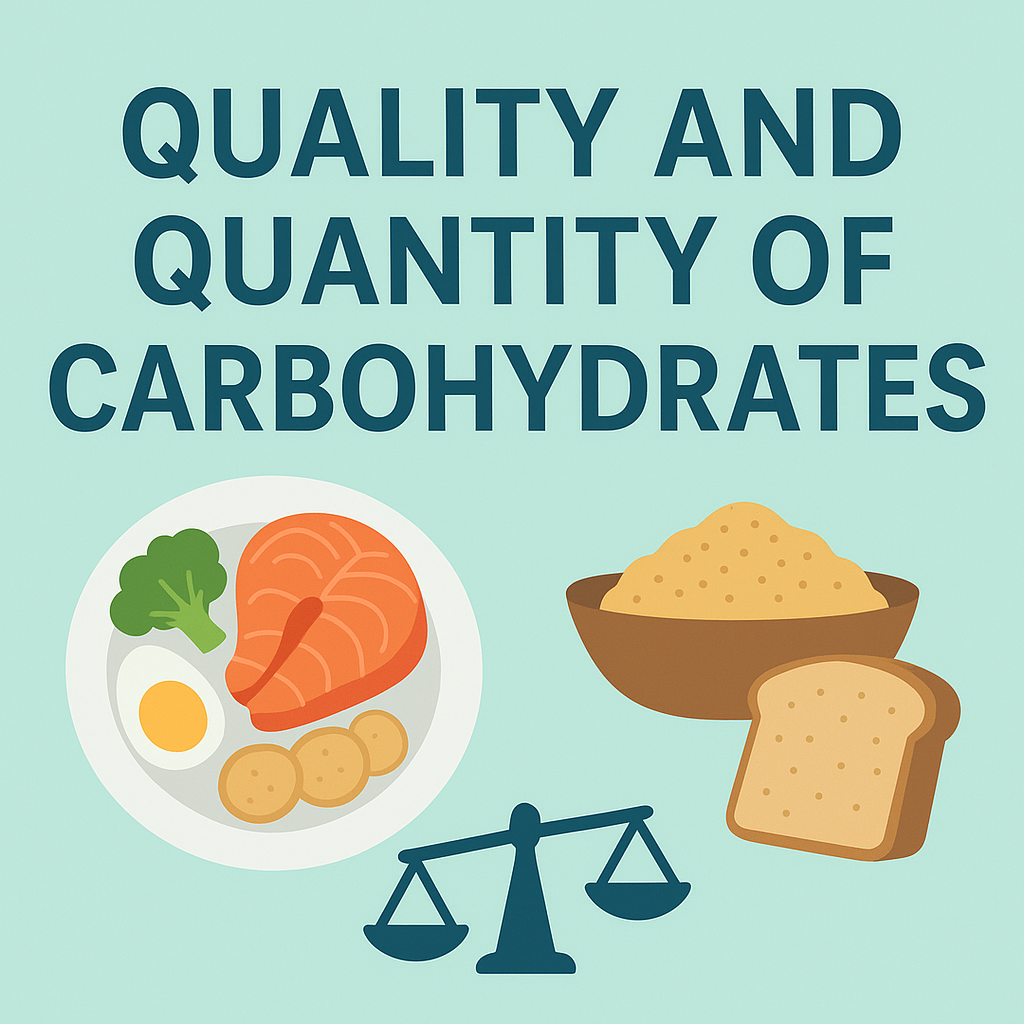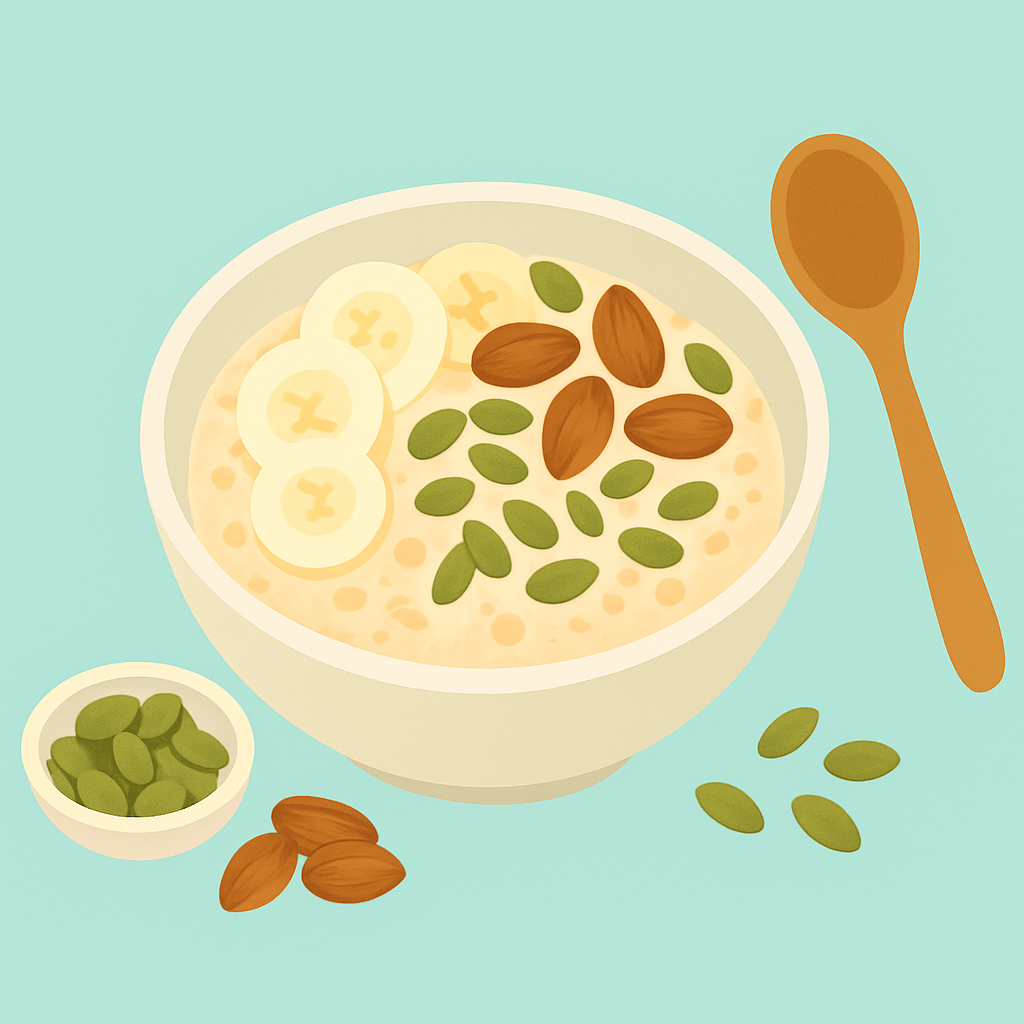What is Gestational Diabetes and Why Does Diet Matter?
GDM is considered to be a condition in which a woman who did not have diabetes before pregnancy acquires high levels of blood glucose during pregnancy (around week 24-28). When not controlled, it causes risks to both mother and baby (a larger baby, more problems during delivery, and a greater likelihood of developing type 2 diabetes in the future). Since glucose increases more in an insulin-absent environment (occurring during pregnancy), the eating style of a person, particularly carbohydrates, is one of the most manageable factors. So, we also discuses gestational diabetes recipes for a healthy pregnancy.
Guidelines Emphasise
The diagnosis of gestational diabetes may seem overwhelming; however, in reality, with proper nutrition and time and lifestyle management, you can definitely have a healthy pregnancy, maintain the blood sugar levels and have good food. Diet and physical activity are the first-line therapy of GDM according to the American Diabetes Association (ADA) and other clinical guidelines. That is, it matters a lot what you eat, the time you eat it, the amount and the quality of carbohydrate.
Eat at Regular Intervals
- Select carbohydrates (type, quantity, time) wisely.
- Balance meals: low-fat dairy products, healthy fats, fibre, whole grains, and vegetables.
The following are the fundamental rules that you will be resting on:
Quality and Quantity of Carbohydrates
Carbs increase blood sugar compared to fats and proteins. Then so much and what kind of matter:

- Select complex carbohydrates: whole grains (brown rice, whole wheat roti/chapatti), legumes (beans, lentils), whole fruit (instead of juice).
- Eat in moderation: e.g. some guidelines recommend approximately 30-45 g carbs/meal, 15-30 g/snack – but it is still a matter of individual.
- Take into account the glycaemic index (GI): the lower the GI food causes the reduction of the blood sugar spike. Low-GI diet has been found to decrease the insulin need during GDM.
Balanced Meals & Plate Method
Intake of healthy fats (such as avocado, nuts/seeds, good oils, etc.) to retard digestion and enhance satiety.
Meal Timing & Regularity
- Take 3 meals and 2-3 snacks (do not skip meals). This will prevent huge post-meal glucose surges or drops.
- Avoid spending long intervals (e.g. over 4-5 hours) without meals. There are guidelines which say to have every 2-3 hours as long as necessary.
- Fibre, Vegetables and Lean Protein.
- Fibre assists in slowing down the absorption of glucose. In the case of pregnant women experiencing GDM, the recommendations are at least one day 28g of fibre/day.
- Low-carb, nutrient-dense, and excellent meal bases include non-starchy vegetables (e.g., spinach, broccoli, peppers, etc.) as well.
- Protein lean (chicken, fish, eggs, legumes) is good and helps to stabilise blood sugar.
Individualisation
- Each woman is different: a registered dietitian should tailor her eating plan to her needs.
- Check your blood glucose too to observe your body’s reaction to specific foods – not everybody reacts to foods in the same way.
- Meal-Planning & Recipe Ideas (Customised to Pakistan/Islamabad).
In this case, we will go through a sample day and also provide 2-3 complete recipes (breakfast, lunch/dinner) that can be made with local food.
Sample Day (with the Consideration of GDM)
Breakfast (30-45g carbs)
- One serving of whole wheat roti (1 small) + 2 boiled eggs + half-plate sauteed mixed vegetables (spinach, capsicum, carrot) + small bowl (1/2cup) plain low-fat yoghurt.
- Cup of chai (no sugar or plain tea/coffee).
Mid-morning Snack (15g carbs)
- Butter 1 half an apple with 1 Tbsp peanut butter or 10 almonds.
Lunch (30-45g carbs)
- Brown basmati rice (3/4 cup cooked) + grilled skinless chicken breast (3 oz) + large salad (cucumber, tomato, lettuce) with olive oil and lemon.
- 1 small whole orange (or any other fruit) or 1/2 medium mango (portion controlled).
Afternoon Snack (~15g carbs):
- 1 small pot Greek-style plain no-added-sugar yoghurt + 1 tablespoon chia seeds + 1/2 cup (where available) of berries or chopped cucumber with hummus.
Dinner (~30-45g carbs)
- WHOLE wheat chapatti (1) + lentil dhal (1/2 cup cooked) + steamed broccoli and cauliflower + 1 palm piece of grilled fish (local alternatives) + side salad.
Evening (if needed) (~15g carbs):
- 2 oatcakes or 1 Tbsp cream cheese or 1 small bowl of fresh cut unsweetened fruit.
- Such a plan is based on the rules: frequent meals/snacks + balanced plate + control of carb portions.
- Recipe 1 –High-Fibre Vegetable & Chickpea Pilaf.
Top 3 Gestational Diabetes Recipes
Recipe 1: Brown Rice with Vegetables and Chickpeas
Ingredients (serves 2)
| Ingredient | Quantity / Notes |
|---|---|
| Brown basmati rice (rinsed) | 1/2 cup |
| Cooking oil (vegetable or olive) | 1/2 tbsp |
| Onion (small, chopped) | 1 |
| Garlic (minced) | 1 clove |
| Mixed vegetables (carrots, green beans, green peas, etc.) | 1/2 cup (prepared) |
| Olive oil | 1 tbsp |
| Cumin | 1/2 tsp |
| Turmeric | 1/2 tsp |
| Salt and pepper | Pinch (to taste) |
| Low-salt vegetable broth or water | 1 cup |
| Fresh coriander (cilantro, chopped) | 1 tbsp |
Here’s an estimated nutrition facts table for the given recipe (serves 2):
| Nutrient | Per Serving (Approx.) | Total (for 2 servings) |
|---|---|---|
| Calories | 210 kcal | 420 kcal |
| Carbohydrates | 28 g | 56 g |
| Protein | 4 g | 8 g |
| Fat | 9 g | 18 g |
| Fiber | 3 g | 6 g |
| Sugars | 2 g | 4 g |
| Sodium | 170 mg | 340 mg |
| Potassium | 180 mg | 360 mg |
| Iron | 1 mg | 2 mg |
| Vitamin C | 5 mg | 10 mg |
Method
- Add olive oil to a medium pan, cook onion + garlic until soft. Add cumin seeds, turmeric, pepper, salt -mix.
- Add brown rice rinsed, chickpeas, mixed vegetables. Stir 1-2 minutes.
- Add broth/water, boil, cover and simmer (at least) 30-35 minutes or until rice is tender.
- Vigorously stir in fresh coriander, and serve with side salad of greens + cucumber/ tomato.
Why it Works for GDM?
- Brown rice + chickpeas = slow-digesting weighty carbohydrates + fibre.
- Vegetables add bulk but contain no considerable amounts of carb.
- Combined with protein (chickpeas) and healthy fats (olive oil).
- Portion-controlled to maintain balanced glucose response.
Recipe 2: Grilled Salmon with Spinach and Sweet Potato Wedges
Ingredients (serves 2):
| Ingredient | Quantity / Notes |
|---|---|
| Salmon fillets | 2 (about 100 g each) |
| Sweet potato (cut into wedges) | 1 large |
| Baby spinach | 2 cups |
| Olive oil | 1 tbsp |
| Paprika | 1/2 tsp |
| Black pepper | 1/2 tsp |
| Salt | To taste |
| Lemon (juice + zest) | 1 |
| Garlic (minced) | 1 clove |
Method
- Pre-heat oven to 200°C (390°F). Combine sweet potato with half the olive oil, paprika, salt and pepper. Place on a baking sheet; bake about 20-25 minutes till tender and a bit crisp.
- Meanwhile, warm up olive oil in a pan, cook briefly, add a couple of garlic cloves, then followed by baby spinach; cook till it is wilted, squeeze of lemon, season lightly.
- Salt and pepper season salmon fillets (zest of lemon). Grill/ pan-fry until cooked, about 4- 5 min/side.
- Plate: salmon + spinach + wedges of sweet potato + side salad (e.g., rocket, cucumber).
Why Good for GDM?
- Salmon = low-fats + good omega-3 fats (good mother, good baby).
- Sweet potato (in moderate amounts) is a starchy vegetable with a lower GI than white potato.
- Spinach provides fibre, micronutrients and low carbohydrates.
- Balanced plate: large portion of non-starchy veg + lean protein + small portion of starchy.
Recipe 3: Nuts and Seed Overnight Oats (Breakfast or Snack)

Ingredients (serves 1):
| Ingredient | Quantity / Notes |
|---|---|
| Rolled oats | 1/2 cup |
| Chia seeds | 1 tbsp |
| Chopped almonds or walnuts | 1 tbsp |
| Cinnamon | 1/2 tsp |
| Low-fat milk or unsweetened fortified plant milk | 1/2 cup |
| Plain yogurt | 1/4 cup |
| Chopped apple or fresh berries | 2 tbsp |
| Peanut butter (optional) | 1 tbsp |
Method
- In a jar or bowl, combine oats, chia seeds, cinnamon, and chopped nuts.
- Add milk and yogurt, stirring until fully combined.
- Mix in chopped apple or berries.
- Cover and refrigerate overnight (at least 6 hours).
- In the morning, stir well and top with a small spoon of peanut butter (optional).
- Enjoy chilled as a balanced breakfast or mid-morning snack.
Why It’s Good for GDM?
- Oats and chia seeds provide slow-releasing carbohydrates and fiber.
- Nuts and seeds supply healthy fats and protein, slowing glucose absorption.
- Yogurt adds calcium and probiotics for gut health.
- Low-GI meal that keeps you full and helps manage morning blood sugar levels.
Shopping, Cooking and Living Tips with GDM
Shopping list necessities: whole grain bread/roti flour, brown/basmati rice, legumes (lentils, chickpeas), lean meat/fish, assorted non-starchy vegetables (spinach, broccoli, green beans, capsicum), fresh fruit (in moderation), nuts/seeds, low-fat yoghurt/milk, healthy oils (olive, canola).
- Read labels: Breads, yoghurts, juices, etc. One should avoid those that contain a lot of added sugar.
- Prep meal: Cook legumes in large amounts, roast a tray of mixed vegetables in advance, and chop salad vegetables in advance.
- Portion control aids: Hand (palm protein, fist carbs, two fists non-starchy veg): Use your hand until you become used to it.
- Snack smart: handful of nuts with no salt added: + 1/2 fruit; vegetable sticks + hummus; plain yoghurt + seeds. Stay away from cake/cookies or sweet beverages.
- Watch what you drink: Water is no problem. Restrict sweetened beverages and fruit juices. Milk is ok and does not contain carbohydrates.
- Watch time: Attempt to eat at the same time every day (i.e. breakfast at 8 am, snack at 11 am, lunch at 1 pm, snack at 4 pm, dinner at 7 pm). Do not take too much time between meals.
- Exercise: Going on a light stroll (10-15 minutes) after a meal will aid in glucose control.
- Check your blood sugar: You should track your body’s response to meals and snacks – you might have foods that spike you more than others.
- Cultural adjustment: You may get accustomed to local food in Islamabad/Pakistan setting – i.e. you may eat chapatti (whole wheat), lentil dhal, lean chicken, fish (if you can find it) such as rohu/ katla, local fresh salads (whole veggies), cucumber, tomato, chicken, etc., whole fruit local dishes (kiwi, guava, orange) in moderation.
- Rewards & treats: You do not need to quit all the things you enjoy, but you should treat very low key (small portion) and maybe followed by an activity or a low-carb snack afterwards.
- Follow-up after delivery: It is important to remember that you have a higher chance of developing type 2 diabetes in the long run because you have GDM; hence, a healthy diet and exercise after childbirth are important.
Conclusion
During gestational diabetes, eating a healthy diet is crucial for the development of the unborn child as well as the mother’s health. By focusing on balanced meals that include complex carbohydrates, lean proteins, fibre-rich vegetables, and healthy fats, blood sugar levels can be effectively managed throughout pregnancy. To prevent glucose fluctuations and lower the risk of complications, choose whole, unprocessed foods and stay away from fried and refined sugary foods. Consistent meal timing, portion control, and routine blood sugar monitoring all contribute to steady energy levels and healthy development. In summary, a careful and well-balanced diet promotes a healthy start for the unborn child and a smooth pregnancy in addition to controlling gestational diabetes.

 Medically reviewed by
Medically reviewed by